Mon, 28 July, 2025
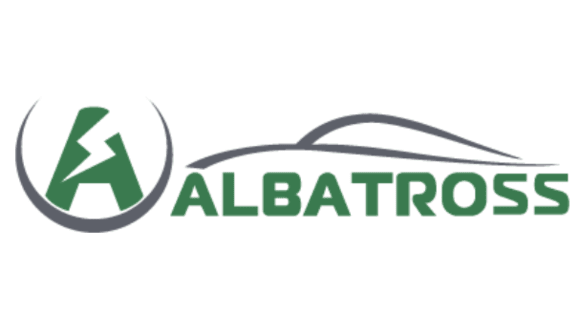
We are pleased to announce the successful conclusion of the collaborative ALBATROSS project, which aimed to deliver a new generation of battery systems for electric and hybrid- electric vehicles.
The project, full name, ‘Advanced Light-weight BATteRy systems Optimised for fast charging, Safety, and Second-life applications,’ involved a pan-European consortium of 21 organisations drawn from ten different nations.
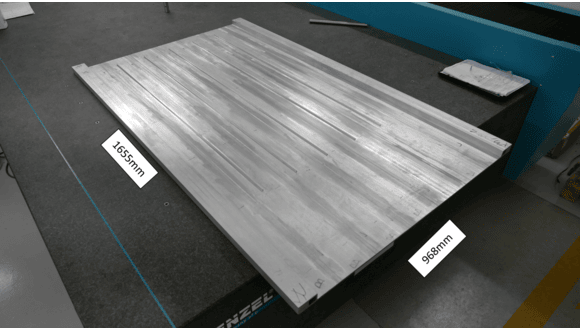 Figure 1. Friction stir welded battery tray floor produced by TWI
Figure 1. Friction stir welded battery tray floor produced by TWI
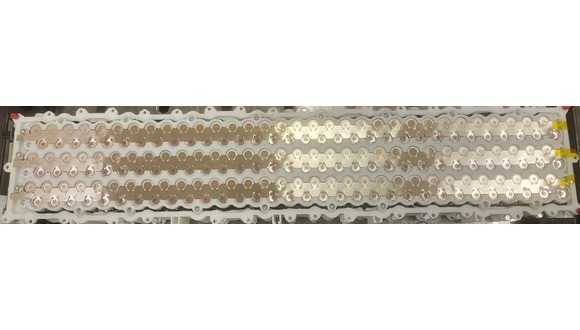 Figure 2. Example prototype battery module, laser welded by TWI
Figure 2. Example prototype battery module, laser welded by TWI
Under the guidance of the project leader, Yesilova, TWI’s main contributions to the project were the development of battery module welding and battery tray welding solutions. Our input was combined with innovations in lightweight battery design, cooling technologies, recycling and re-use.
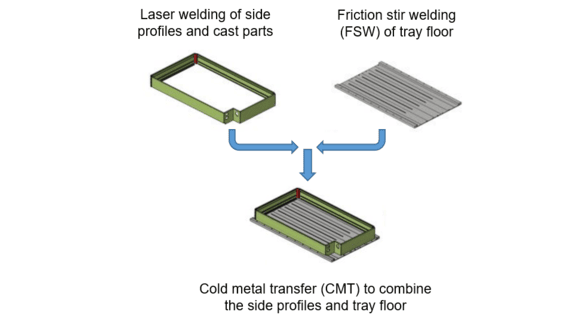 Figure 3. Assembly process of the battery tray (Courtesy of Yeşilova)
Figure 3. Assembly process of the battery tray (Courtesy of Yeşilova)
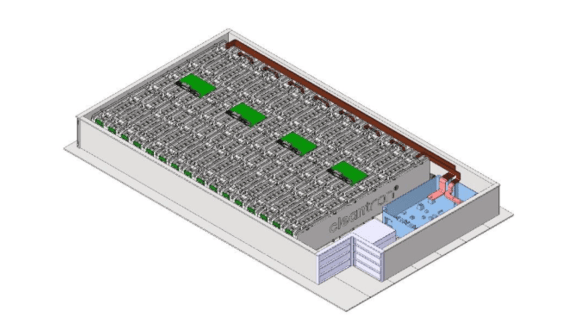 Figure 4. Incorporation of the prototype modules in to the prototype battery pack (Courtesy of Cleantron)
Figure 4. Incorporation of the prototype modules in to the prototype battery pack (Courtesy of Cleantron)
The terminals of the nearly two hundred cylindrical cells in each battery module were joined using laser welding, while the battery tray was completed by welding extruded aluminium profiles together using conventional friction stir welding (FSW).
Laser welding, using a tightly focused single mode laser beam scanned at high speed, ensures that small-sized, low heat input, high performance and safe connections can be automatically made, in a non-contact manner, between every battery cell, even when those connections comprise dissimilar materials.
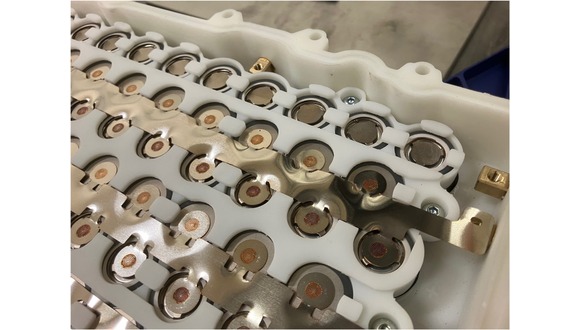 Figure 5. Examples of scanned laser beam welds between copper busbars and steel cells
Figure 5. Examples of scanned laser beam welds between copper busbars and steel cells
The use of FSW ensured that no additional weight was added to the battery tray, resulting in a lightweight solution. The use of a solid-state joining process such as FSW to weld the aluminium profiles also generates a strong and forged joint, which enables the retention of the baseline material strength, allowing for further lightweighting via design optimisation and reduction of material thicknesses.
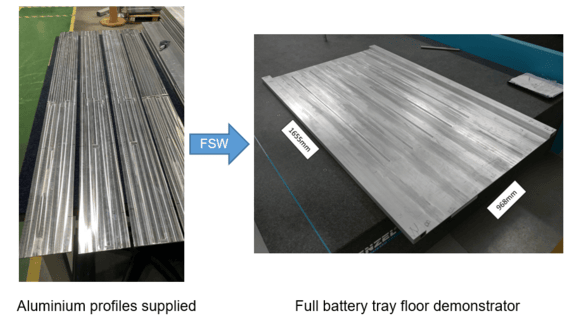 Figure 6. Supplied aluminium profiles and the full battery tray floor after friction stir welding (FSW)
Figure 6. Supplied aluminium profiles and the full battery tray floor after friction stir welding (FSW)
The consortium included automotive industry players including Fiat-Chrysler, Ford and Mercedes-Benz along with various European SMEs, with a BMW i3 passenger vehicle being used as the basis for the project’s developments.
Investigating improvements to the range, cost, reliability, and charging times of EV batteries, the project targeted a peak energy density of >200Wh/kg, a driving range increase to 480km, and a 25% reduction in charging times.
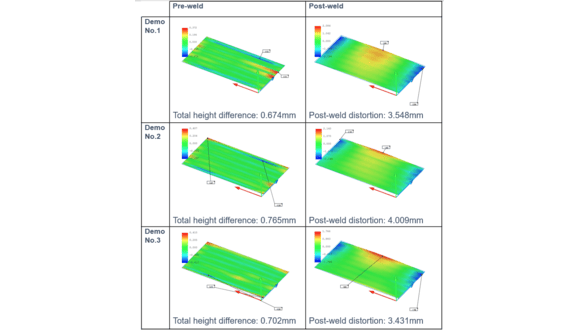 Figure 7. Coordinate measuring machine (CMM) measurements of pre-weld aluminium extrusion total height difference and post-weld distortion for the 3-OFF demonstrator friction stir welded battery tray floors
Figure 7. Coordinate measuring machine (CMM) measurements of pre-weld aluminium extrusion total height difference and post-weld distortion for the 3-OFF demonstrator friction stir welded battery tray floors
TWI’s previous experience and technical excellence in welding and joining for battery trays and cells allowed us to conduct a range of joining trials and joint property evaluations for EV battery cells and trays. As well as advising on joint design, fixturing and process monitoring, TWI developed welding procedure specifications and helped demonstrate feasibility for post-project high-volume automotive production.
To find out more about our work on this project or with the electric vehicle market more generally, please contact us.
The ALBATROSS project has received funding from the European Union's Horizon 2020 research and innovation programme under grant agreement No 963580